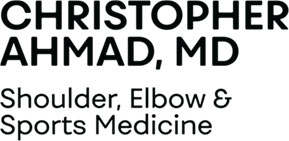A few weeks ago I saw two new patients, one after the other, who had already undergone Tommy John surgery. They were in my office because they had both developed new pain in their elbow, similar to what they had experienced before their original Tommy John surgeries. After doing some testing with MRI scans and CT scans, the reason for their pain was obvious. In both cases, the Tommy John surgery did not work because the tunnels that were created during the operation were made in the wrong location.
Tommy John surgery is increasing at an alarming rate. Even more alarming is the number of patients who travel to see me, already having had TJ surgery elsewhere, only to find the TJ surgery did not work. The psychological and physical demands of TJ surgery are immense and therefore a failed TJ surgery is one of the hardest and most difficult pieces of news I have to deliver to patients and their families.
I was recently asked by the Journal of Arthroscopy to write a commentary on a specific factor that may assist surgeons in decreasing the chance of TJ surgery failure. The factor I addressed was mal-positioned tunnels, which are tunnels that are surgically created in the wrong location. Tommy John surgery requires drilling tunnels in the humerus and ulna bones.(Fig. 1-3) (Video 1-2) The specific location of the tunnels are a technical surgical factor that causes graft failure. A tunnel that is just millimeters off from the ideal location can cause the grafted tissue to fail. Mal-positioned tunnels result in a graft that will become too tight or too loose, as the elbow flexes and extends. When the tunnels are perfect, the graft experiences the correct tension when the elbow flexes and extends.
Why would the tunnels be made in a poor position?
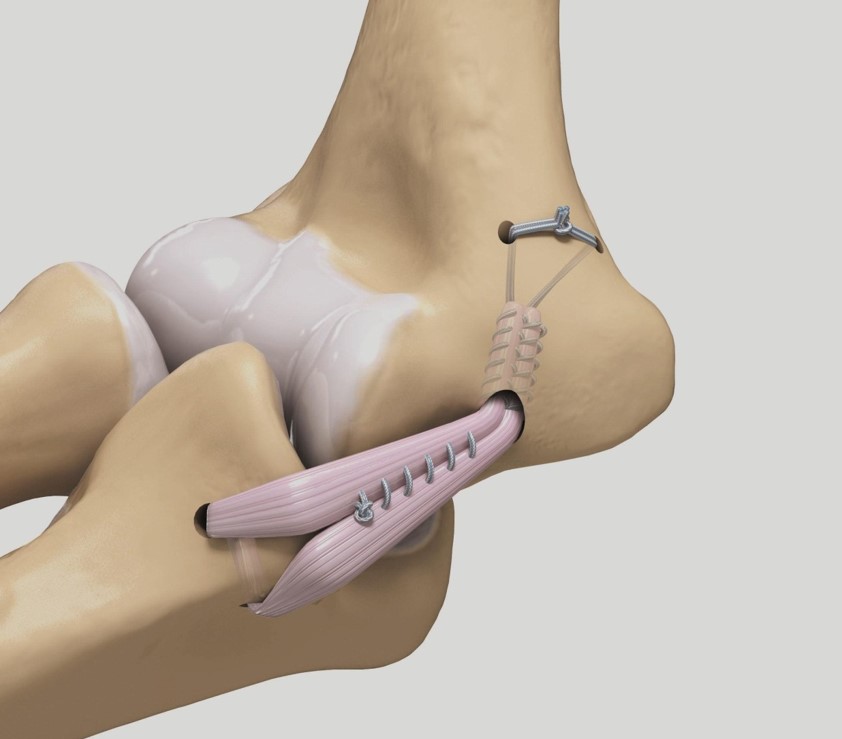
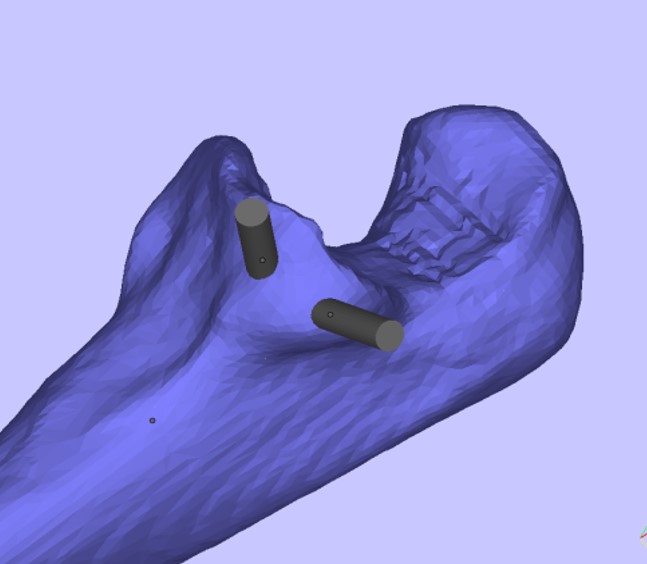
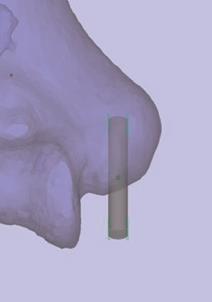
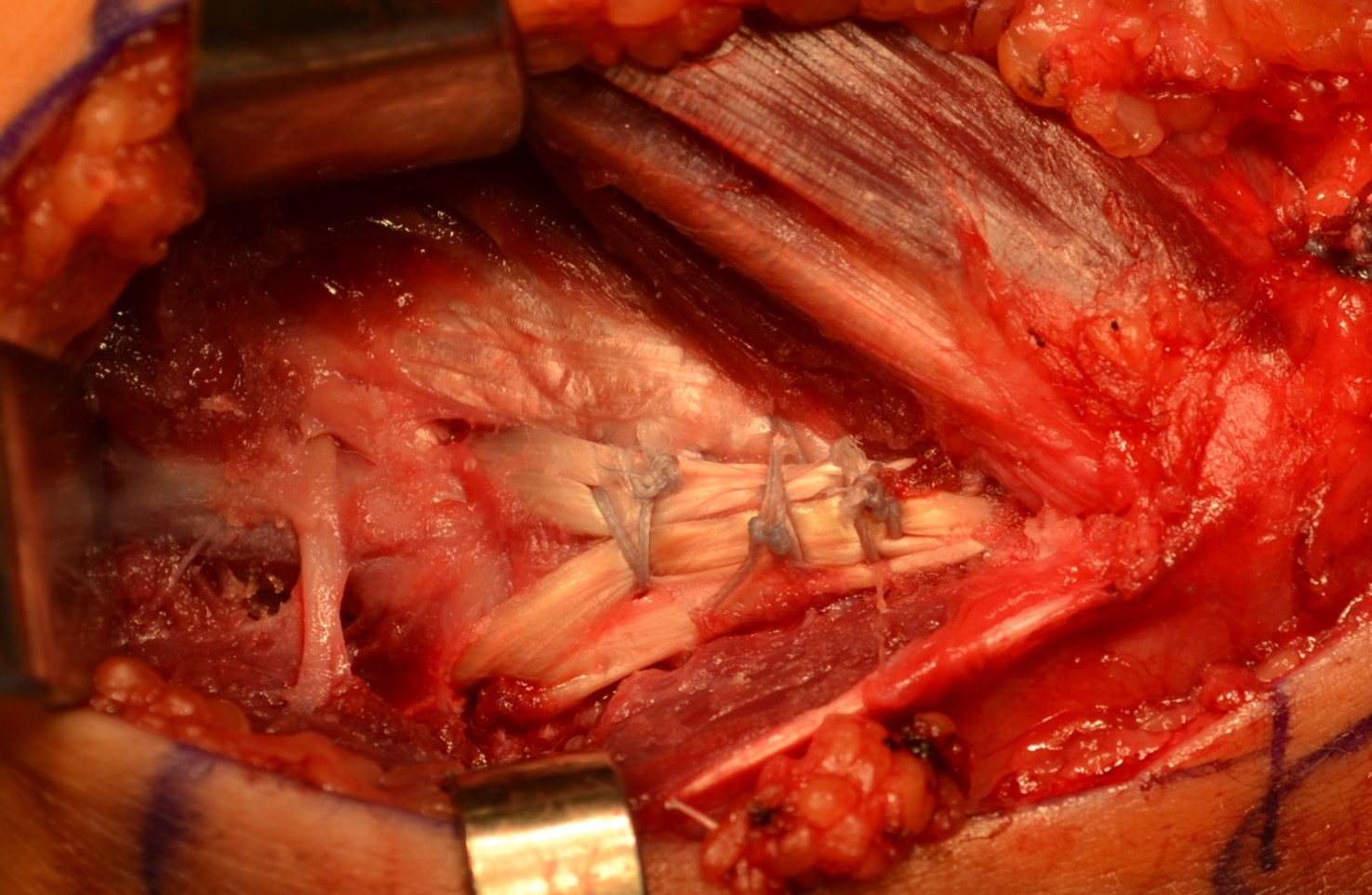
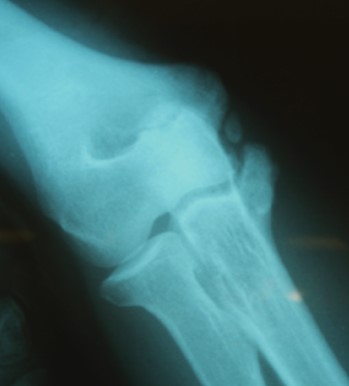
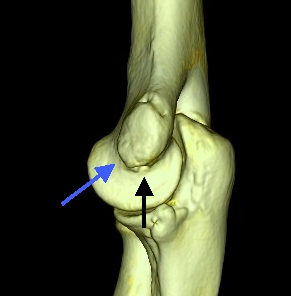
Watch Dr. Ahmad Dr. Ahmad perform revision tommy johns surgery
